Centralized Catalog, Faster Publishing: 40ParkLane’s Marketplace Success with CedCommerce
Reading Time: 4 minutesAbout the Brand: 40ParkLane LLC Studio40ParkLane is a design-led print-on-demand brand created…
Is your BigCommerce Google Shopping feed ready for the busiest retailer quarter of the year? No? Then NOW is the time to refine your strategies. With the spookiness-creepiness of Halloween already in the air. And the most significant festive months of Black Friday, Cyber Monday, and Christmas are fast approaching; you have to put effective shopping feed optimization strategies in place that boosts product visibility on SERP and results in more clicks and conversions.
A well-optimized shopping feed is the foundation of success when selling on Google, especially during the festive rush. So, while optimizing product feed details, always ensure to include all the essential information. To do so, take quick research in the search queries for inspiration, look at the terms that drove sales in the last holiday season and the terms that are driving sales currently.
BigCommerce merchants connected their store with Google platforms using CedCommerce’s Google Shopping & Ads can optimize their shopping feeds from the app itself. Also, Google experts at CedCommerce are always there to update you with the latest changes taking place in real-time.
Now coming back to Shopping feed optimization techniques, there are many ways to improve the quality of the product feed. In this article, we’ll help learn how to revamp basic information of the product feed in order to make them festive-ready.
Let’s take a look at each point one by one!
Having the right, relevant information in the title can give the audience a sharp, clear picture of what they are browsing at a glance, much faster than reading description details.
Moreover, Google uses product titles to match products with a user’s search intent. And that’s why it is important for your product title to be as detailed as possible for your customers.
The basic title structure is – {Brand} + {Product} + {Attribute}/{Variants}
(Note – Attributes can vary by categories such as size, color, etc.)
With the max 150 characters limit given in the Google Shopping feed specification list for the product title, always make sure to include as much information as possible within the given limit. Exceeding the limit will truncate your title and will make it look unprofessional.
Learn more about Google Shopping feed specifications and their importance.
With your title, tell your audience the basic information (The What) of your product in the simplest yet innovative way.
For optimizing product feed descriptions, merchants need to implement a similar principle; but, you also need to focus on relevant keywords. Write a detailed product description that will help the audience to visualize themselves using it. Try including as many relevant keywords and product-specific details as possible within the given character limit. The Google Shopping feed specification for product description is 500 characters.
Pro tip – For branded products, try highlighting as many essential features as possible in bullet points to make it easy for the audience to get a gist of the product at a glance.
For Holiday feed optimization of the product description, consider including Holiday related keywords, top features and incorporate seasonal or gift terminology, like “Gifts for Her” to make your products stand out from the rest.
“A picture is worth a thousand words”
Product images essentially act as a proxy for the merchants as they communicate the level of professionalism of the brand. Poor pictures relay a message of carelessness, whereas a quality image portrays an image of a professional seller. So, always ensure to select the high-resolution and lifestyle photography pictures that display your product better.
And while showing off your BigCommerce store products on Google, do consider the following image optimization tactics-
When talking about link optimization, ensure that all your Google Shopping feed variants have a specific landing page; if not, then confirm to interlink the same variant products. It will avoid the disappointment of your potential customers and serve the search for product variants with different attributes.
For example – A product like a Green Nike t-shirt can be linked to a landing page with a red Nike t-shirt. And you can do the same for a Red Nike t-shirt.
Also read – Holiday Shopping feed Best Practices!
Consider historical data such as Holiday top sellers or best-selling seasonal products and so on, and segregate all your products accordingly. Segregate your inventory top-selling brand-wise, specific category-wise, geographically, and so on.
Understand the type of holiday you are focusing on, the audience and region you are targeting, and why. Self-answer all these questions first and then segregate your inventory accordingly. Align product types with the related product categories to make your shopping feed easy to manage.
Remember your Google Shopping retail journey is a marathon and not a sprint. And along the way, you need to keep revamping your strategies according to the requirements, opportunities, and of course obstacles coming your way.
Opting for these Holiday feed optimization techniques, your products are sure to shine their brightest this festive season. The 2021 Q4 holiday season, definitely holds a huge opportunity for your BigCommerce store to increase in sales, but when done right with expert guidance, your hassle is definitely eliminated.
And for effortless, Shopping feed optimization and automation, CedCommerce’s Google experts are just a call away.

Reading Time: 4 minutesAbout the Brand: 40ParkLane LLC Studio40ParkLane is a design-led print-on-demand brand created…
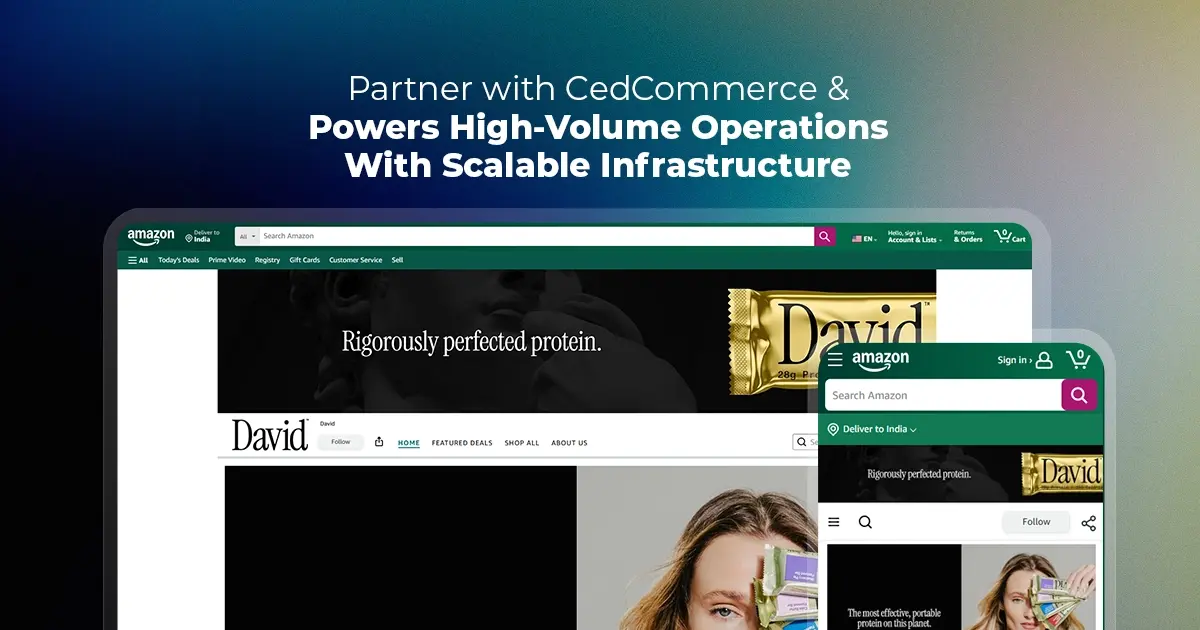
Reading Time: 3 minutesAbout the Company Brand Name: David Protein Industry: Health & Nutrition (Protein…

Reading Time: 3 minutesOnline retail spending in Germany is entering a renewed growth phase after…

Reading Time: 4 minutesTikTok Shop has released a comprehensive Beauty and Personal Care Products Policy,…

Reading Time: 4 minutesTikTok Shop has formally outlined comprehensive requirements for expiration date labeling and…

Reading Time: 3 minutesTikTok Shop is raising its sales commission for merchants across five active…

Reading Time: 11 minutesBy now you have seen your BFCM 2025 numbers. The harder question…
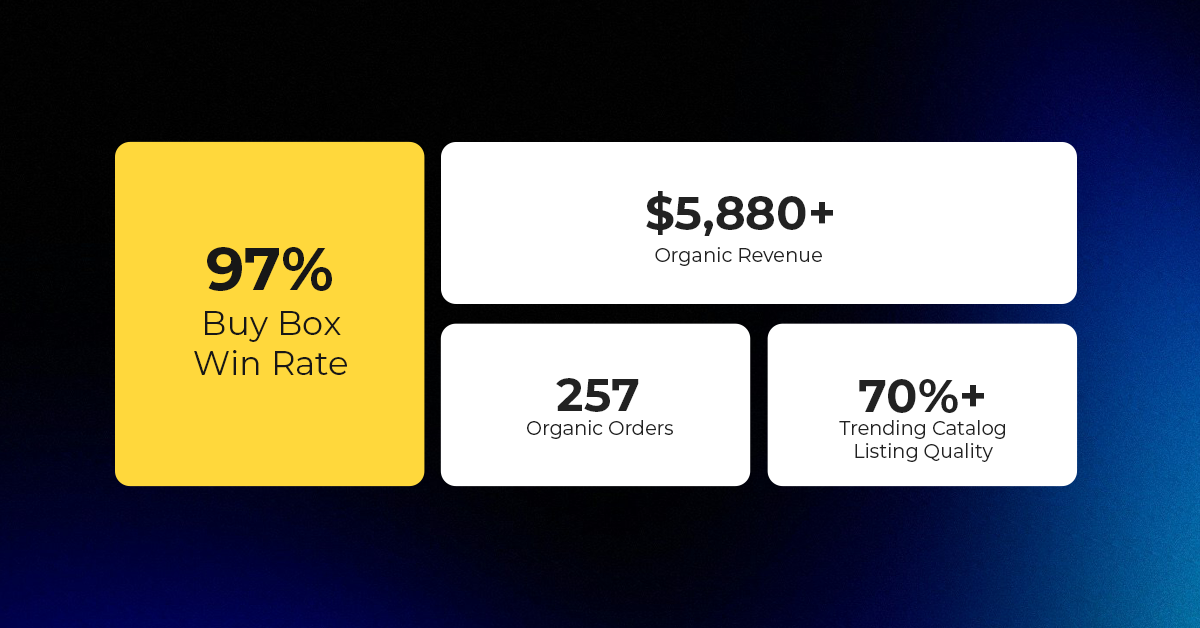
Reading Time: 3 minutesAbout the Brand Name: Vanity Slabs Inc Industry: Trading Slabs- Vanity Slabs…
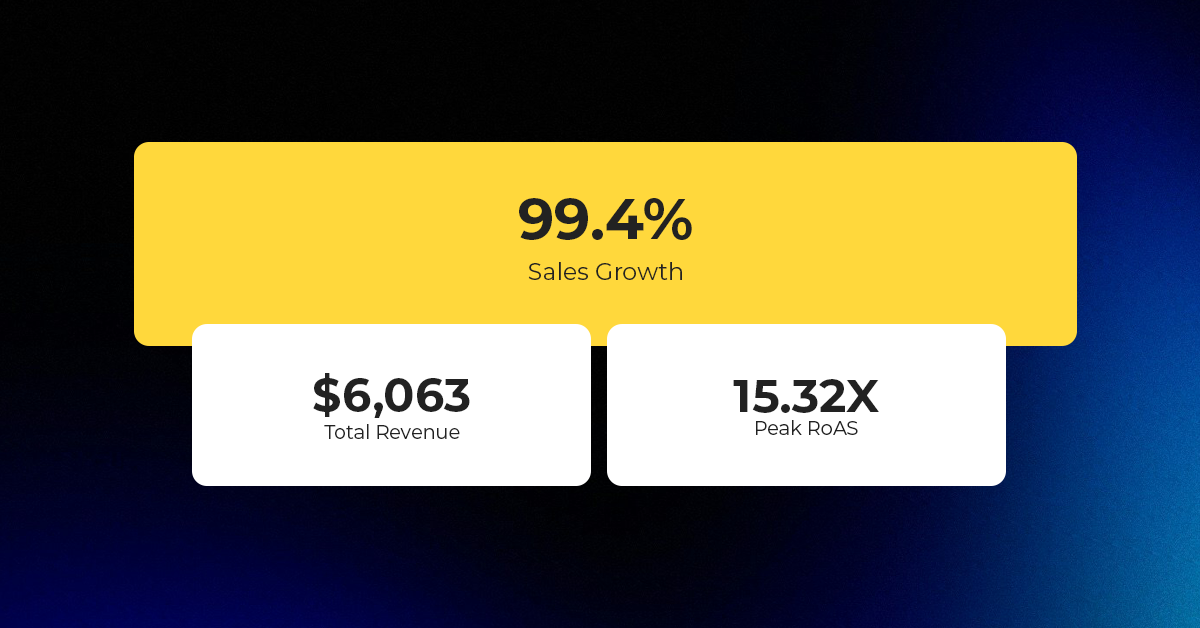
Reading Time: 2 minutesAbout the Brand Name: Ramjet.com Industry: Automotive Parts & Accessories Location: United…

Reading Time: 2 minutesAmazon is rolling out strategic referral fee reductions across five major European…
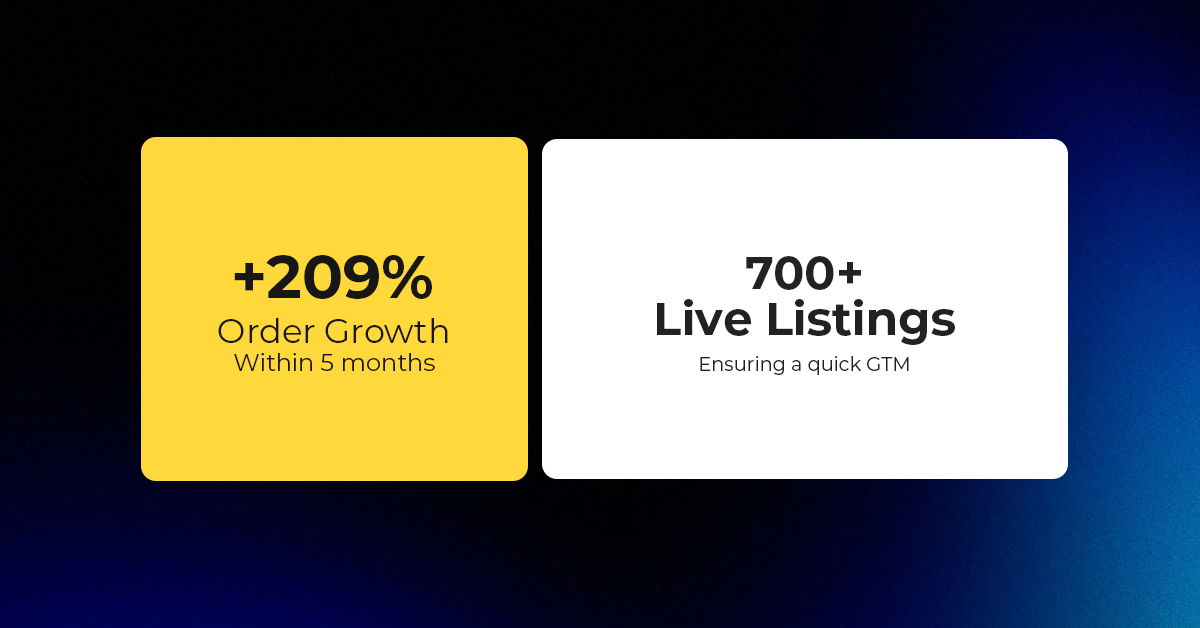
Reading Time: 4 minutesQuick Summary: Scaling Lifestyle Powersports on eBay with CedCommerce Challenge: Zero marketplace…

Reading Time: 4 minutesTikTok has surpassed 460 million users across Southeast Asia, reinforcing its position…

Reading Time: 3 minuteseBay has released its final seller news update for 2025, with a…

Reading Time: 3 minutesAmazon has clarified its stance regarding speculation around a potential breakup between…
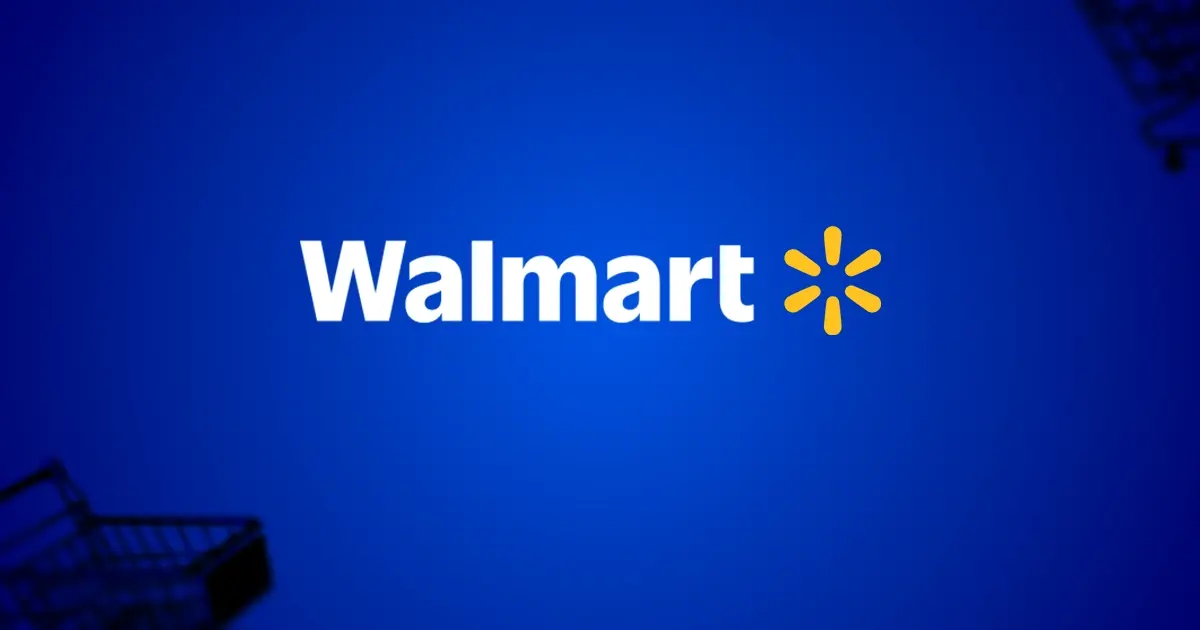
Reading Time: 4 minutesWalmart is accelerating its push into next-generation fulfillment by expanding its drone…

Reading Time: 4 minutesFaire, the fast-growing wholesale marketplace connecting independent retailers with emerging brands, has…

Reading Time: 4 minutesB2B buying in the United States is undergoing a fundamental behavioral shift…

Reading Time: 3 minutesSummary Cyber Monday 2025 has officially become the largest online shopping day…

Reading Time: 2 minutesSummary Amazon kicked off December with two major developments shaping the future…

Reading Time: 2 minutesSummary Walmart has entered December with two major moves that signal a…